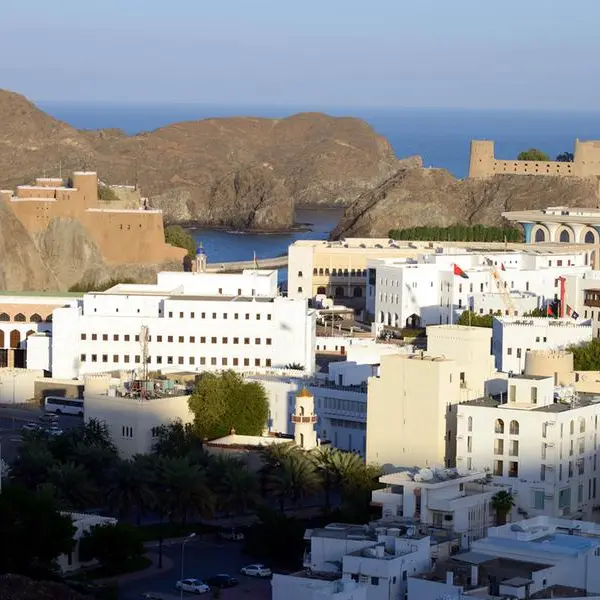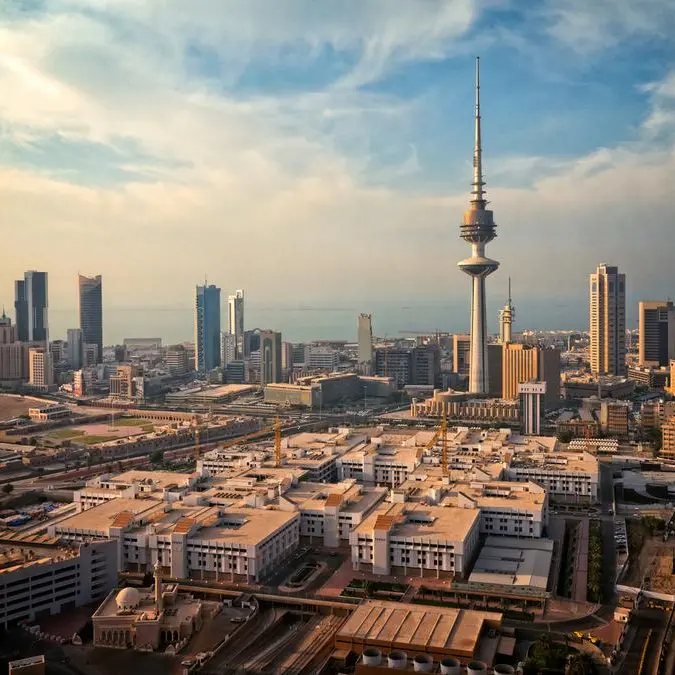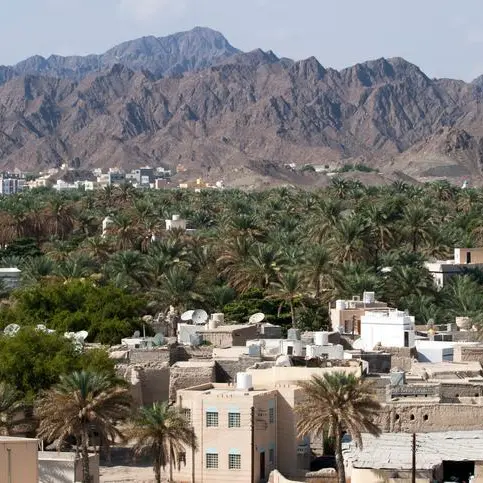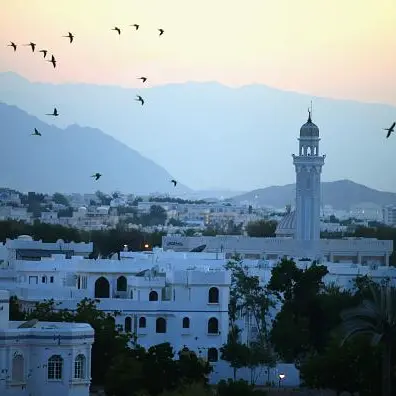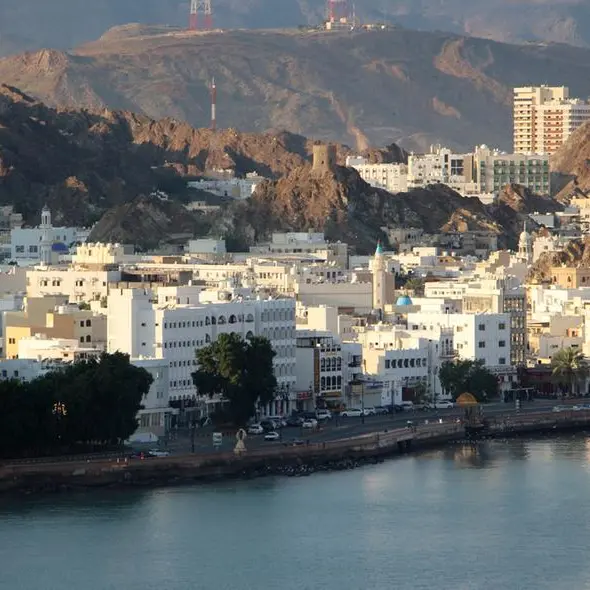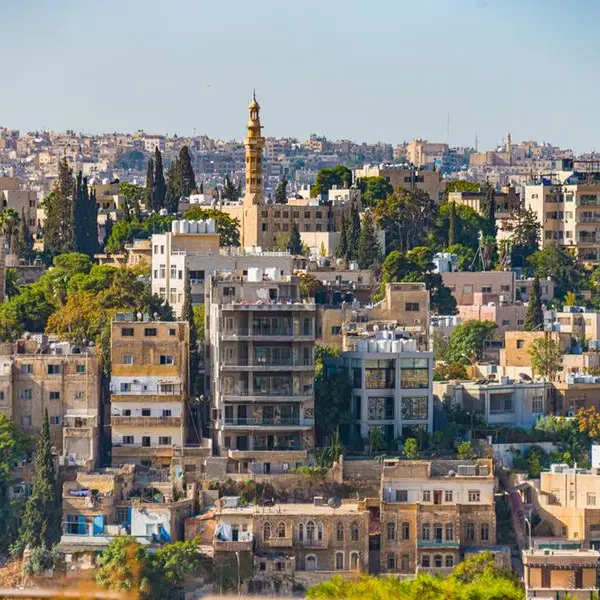The government’s National Urban Development Strategy (NUDS) will focus on integrated, balanced and sustainable development of towns and cities in line with Oman’s Vision 2040.
“The strategy will give importance to the issues related to climate change, use of renewable energy, efficient water network, waste management and alternative means of transportation, including promotion of walking and bicycles’’, said Dr Khalfan bin Said al Shueili, Minister of Housing and Urban Planning on Sunday.
Future Development
Speaking on the new strategy, he said the ministry values His Majesty Sultan Haitham bin Tarik’s endorsement of the National Urban Development Strategy which, he said, is the mainstay of future urban development.
“The strategy will be based on developing cities suitable for living, preserving Omani identity, responding to climate change, promoting economic growth based on the components of each governorate, waste management, environment protection and sustainable transport system.”
Dr Khalfan said that the NUDS will contribute to channelling investment and development to appropriate destinations and will thus, help achieve harmony among development activities, diminish the probability of clash of objectives and provide the necessary incentives to foster socioeconomic prosperity while at the same time safeguarding environment for the coming generations.
Population growth
The strategy expects the population of Oman to increase between 2.5 million and 3 million to around 7-7.5 million from current levels by 2040. The Omani workforce will increase by 32 per cent to reach 3.9 million, including skilled workers. There will be significant growth in the private sector by 83 per cent, with an increase in annual GDP growth of 5 per cent, foreign direct investment (FDI) contribution to GDP will increase by 10 per cent. There will be an increase in public spaces for recreation in urban areas by 10 square metres per capita, and an increase in demand for housing units to 911, 400 housing units, and the total area of private areas is 73544 square metres.
GLOBAL CITY
Muscat will emerge as a global city and Oman’s gateway to the world by 2040 with a population of 2.5 million and a workforce of 2.3 million, of which the national workforce will be 1.7 million (75 per cent) and the rest expatriates (25 per cent).
By 2040, the population of South Al Batinah with a population of one million, of which 263,000 will be in Barka. The total workforce will be 551,000 (Omani and expatriate workforce constituting 50 per cent each).
The North Al Batinah will be one of the main centres for international trade and will play a major role due to industries, availability of minerals, and agriculture. The governorate will have a population of 1.3 million, of which 550,00 will be in Suhar, with a workforce of 650,000 with Omanis constituting 34 per cent of them.
North Al Sharqiyah will have a population of 365,000, of which Ibra will be home to 110,000. The total workforce will be 155,000, with Omanis 60 per cent of the population.
Al Wusta Governorate will have a population of 250,000, of which Duqm will be home to 200,000 people. The total workforce will be 188,000 with expatriates constituting 91 per cent of them.
Dhofar Governorate will witness economic growth due to the economic zone and the airport. With a population of 600,000, Salalah will be home to around 480,000. The total workforce will be 364,000, equally divided between Omanis and expatriates.
Al Dhahirah Governorate will witness economic growth in the areas of logistics, applied engineering, food processing, and agriculture. The total population will be 290,000, of which 130,000 of them will be in Ibri. Omanis will constitute 70 per cent of the total workforce in the region.
The minister said that the ministry has embarked on the strategy’s implementation — partnering with the departments concerned, devising plans, following-up criteria and promoting the strategy at a large scale in the Sultanate.
Recently, the ministry has launched a 100-day programme featuring the methodology of comprehensive transformation. The programme fits with the concept of integration among institutional society and competent authorities. A number of initiatives will be launched at various levels to roll out the NUDS, within wide-scale participation of the departments concerned.
2021 © All right reserved for Oman Establishment for Press, Publication and Advertising (OEPPA) Provided by SyndiGate Media Inc. (Syndigate.info).
